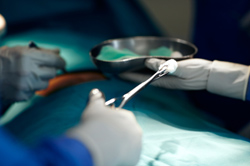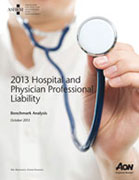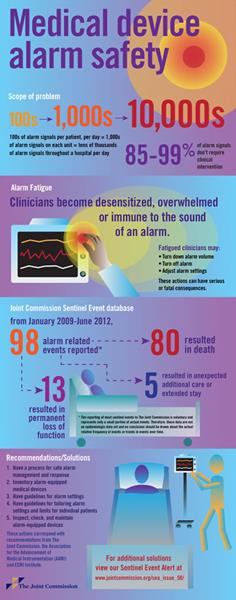Medical Malpractice – Diagnostic Errors and Strategies to minimize them
Diagnostic errors are among the most significant medical malpractice areas in the United States. In the current issue of “Current Problems in Pediatric and Adolescent Health Care” entitled “Diagnostic Errors and Strategies to Minimize Them”, Satid Thammasitboon, William Cutrer, Supat Thammasitboon, Amy Flemming, William Sullivan, and Geeta Singhal provide a detailed overview of one of the most important patient safety problems in medicine Today.
More specifically the authors look at
- the most recent cognitive theories related to how doctors think
- how to teach diagnostic acumen
- Contribution of diagnostic testing to the problem of diagnostic errors
 New York Personal Injury Attorneys Blog
New York Personal Injury Attorneys Blog


 Central Line-Associated Bloodstream Infections (CLABSI) are often the result of medical malpractice. An estimated 250,000 CLABSIs occur every year in the US with 800,000 of them happening in the emergency room. More than 30,000 people die from CLABSI in the US every year. The CDC estimates that the yearly cost related to CLABSI is $1 billion.
Central Line-Associated Bloodstream Infections (CLABSI) are often the result of medical malpractice. An estimated 250,000 CLABSIs occur every year in the US with 800,000 of them happening in the emergency room. More than 30,000 people die from CLABSI in the US every year. The CDC estimates that the yearly cost related to CLABSI is $1 billion. The unintended retention of foreign objects (URFOs) is
The unintended retention of foreign objects (URFOs) is  In 2014
In 2014 
